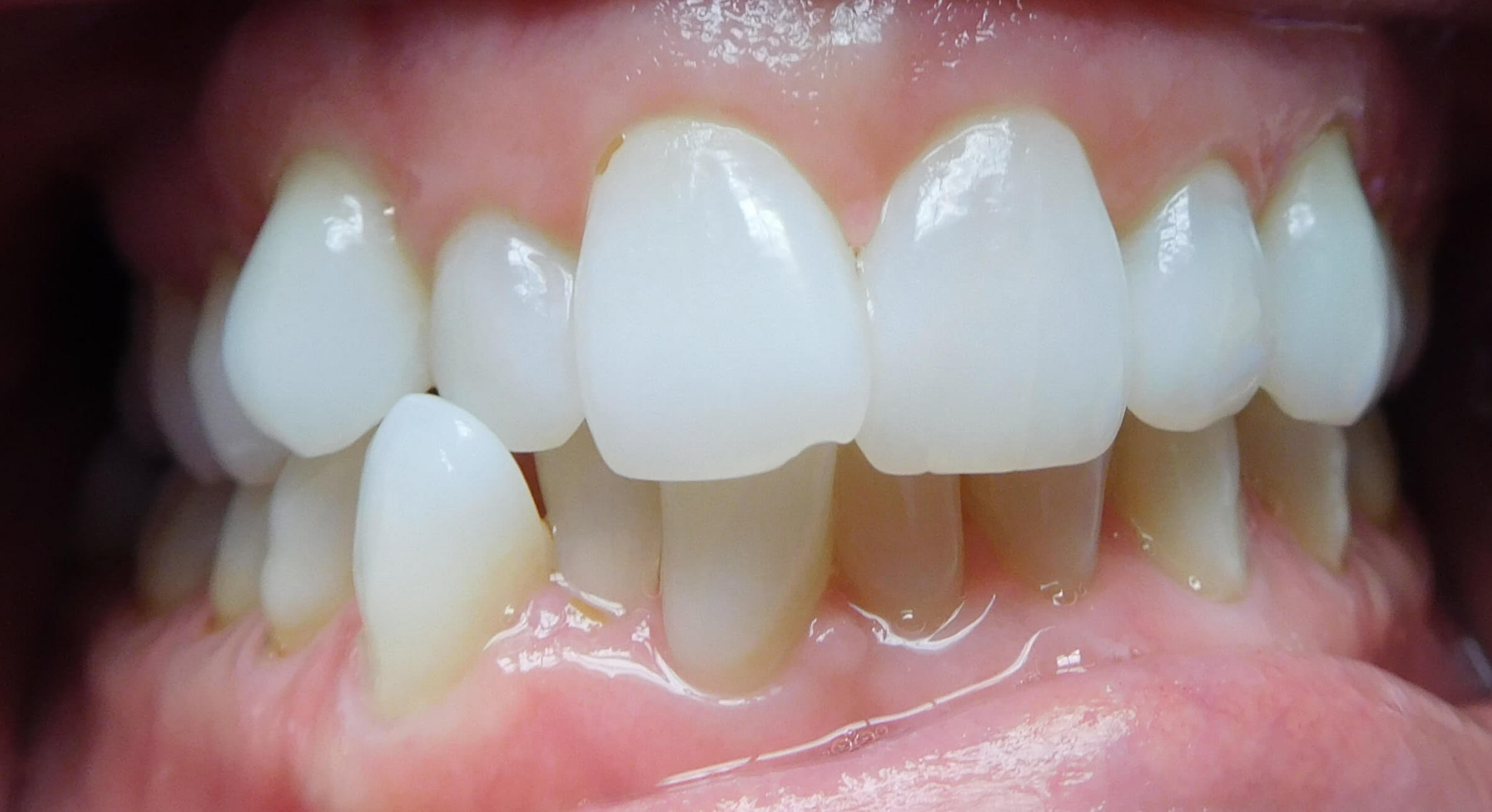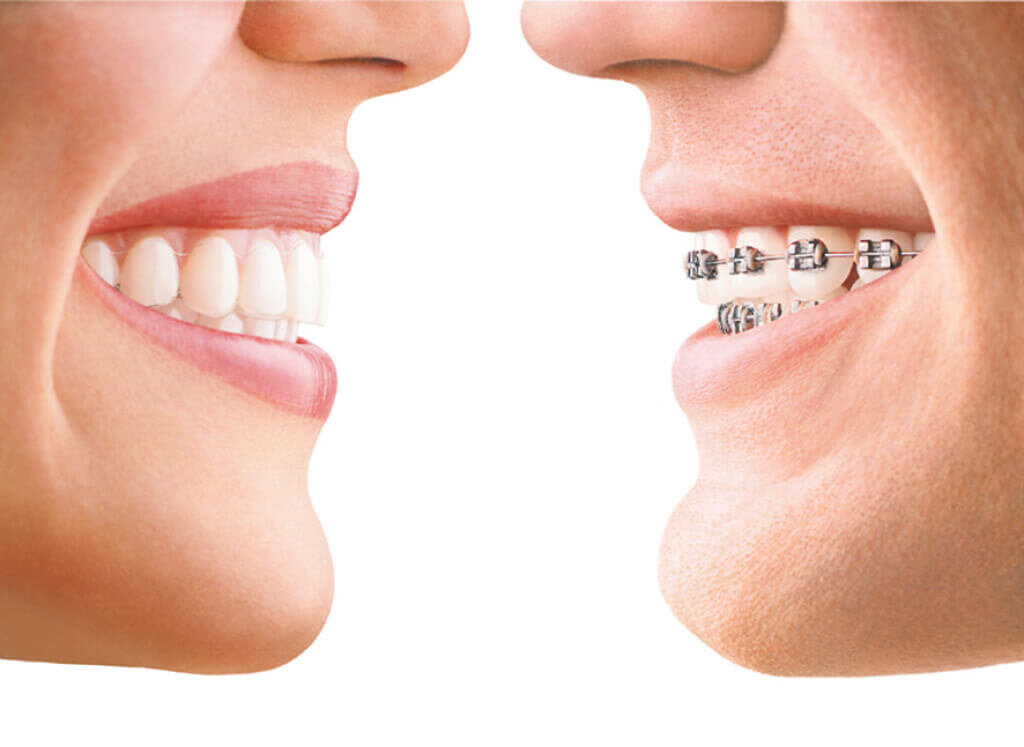Discover the Perks of Invisalign for a Perfect Smile Change
Invisalign vs. Traditional Dental braces: Which Option Is Right for You?
When thinking about orthodontic treatment, the choice between Invisalign and typical braces provides a number of essential factors that merit mindful evaluation. Invisalign uses a very discreet option with detachable aligners, while typical braces provide a more noticeable yet efficient service for extreme misalignment.
Review of Treatment Options

On the other hand, typical braces contain steel brackets and wires that are adhered to the teeth. This technique uses continual pressure with time to attain placement. While efficient for complex orthodontic issues, standard braces call for normal brows through for adjustments and can present obstacles in preserving oral health due to the difficulty of cleaning around braces and cords.
Both choices have their benefits, and the choice usually depends upon particular dental conditions, way of living choices, and individual conformity. Inevitably, seeking advice from an orthodontic expert is essential for figuring out the most appropriate therapy strategy tailored to specific demands. Understanding the subtleties of each alternative can substantially affect the general success of orthodontic treatment.
Visual Considerations
A considerable aspect affecting the selection between Invisalign and typical braces is the visual appeal each therapy offers. Invisalign aligners are crafted from clear plastic, making them basically invisible when used.
On the other hand, conventional dental braces include steel brackets and cables, which can be much more noticeable. While innovations in orthodontic innovation have actually led to the growth of smaller sized brackets and tinted elastics, typical dental braces still keep a more noticeable account. For some people, the exposure of braces may hinder them from seeking required treatment.
Inevitably, the option between Invisalign and standard dental braces may rest on personal choices pertaining to aesthetics. Individuals who focus on discernment typically lean toward Invisalign, while those that are much less concerned about presence may choose typical braces. Comprehending the visual effects of each choice is essential for making an educated choice that straightens with one's way of living and preferences.
Comfort and Convenience

In terms of benefit, Invisalign aligners are removable, making it possible for people to appreciate their preferred foods without constraint and maintain optimal oral hygiene. Brushing and flossing are streamlined, as the aligners can be gotten throughout these regimens, whereas standard braces need careful steering around cords and brackets.
In addition, Invisalign's progressive system enables less orthodontic check outs. People typically obtain multiple collections of aligners at as soon as, which can enhance the therapy procedure and decrease time invested in the orthodontist's chair. On the other hand, conventional dental braces require normal adjustments, making them less convenient for those with busy routines. Invisalign. On the whole, the comfort and convenience of Invisalign blog make it an appealing option for several people seeking orthodontic therapy.
Treatment Duration and Efficiency
While both Invisalign and conventional braces work in correcting oral imbalances, the duration of therapy can differ significantly between both choices. Generally, Invisalign treatment can take anywhere from 12 to 18 months, relying on the intricacy of the case. The clear aligners work by progressively changing teeth into their wanted placements, and normal follow-ups with an orthodontist assistance ensure progress continues to be on track.
In comparison, traditional dental braces often call for a longer dedication, generally ranging from 18 months to 3 years. This is due to their set nature and using brackets and cables, which can be more efficient for extreme imbalances and intricate instances (Invisalign). The therapy effectiveness of standard braces is well-documented, as they permit exact changes and greater control over tooth motion
Eventually, the choice in between Invisalign and traditional dental braces might rest on both the anticipated treatment period and the details dental problems at hand. Consulting with an orthodontist is critical, as they can provide tailored suggestions based on individual needs, ensuring the picked method straightens with wanted timeframes and end results.
Price Comparison and Insurance Policy Alternatives
Price plays a significant function in the decision-making procedure for people taking into consideration orthodontic treatment, whether choosing Invisalign or standard braces. On average, the price of Invisalign ranges from $3,000 to $8,000, while standard dental braces generally set you back in between $2,000 and $6,000. Factors affecting these prices consist of the intricacy of the instance, the period of treatment, and geographical area.
Insurance policy coverage can substantially affect out-of-pocket costs. Numerous oral insurance coverage strategies supply partial coverage for orthodontic therapies, but the specifics can differ commonly. It is this contact form crucial for individuals to assess their insurance policy policies to figure out the degree of protection for either alternative. Generally, standard braces might be a lot more frequently covered by insurance strategies contrasted to Invisalign, which some insurers classify as a cosmetic treatment.
Furthermore, a number of orthodontic practices provide adaptable settlement strategies, making both treatment alternatives more available. Patients must make inquiries concerning potential funding choices and discount rates for upfront payments. Examining the overall cost, including insurance policy benefits and layaway plan, is important for making an informed choice that lines up with both visual preferences and spending plan factors to consider.
Conclusion
In recap, the option in between Invisalign and typical dental braces hinges on multiple factors, including aesthetic choices, comfort, therapy period, and expense. Invisalign offers a very discreet, detachable choice that facilitates dental health and dietary versatility, while typical dental braces might be extra appropriate for complex oral concerns and commonly come at a reduced price point. Eventually, examination with an orthodontist try this out is essential to evaluate specific scenarios and establish one of the most proper treatment alternative for achieving optimum dental positioning.
When considering orthodontic therapy, the option in between Invisalign and standard dental braces offers several essential elements that warrant careful analysis.Contrasting Invisalign and traditional dental braces reveals distinct treatment alternatives for orthodontic improvement.While both Invisalign and conventional braces are reliable in fixing oral imbalances, the duration of treatment can vary considerably in between the 2 alternatives.Cost plays a significant role in the decision-making process for individuals considering orthodontic treatment, whether opting for Invisalign or typical braces.In recap, the option in between Invisalign and typical dental braces pivots on multiple elements, including visual preferences, comfort, therapy period, and cost.